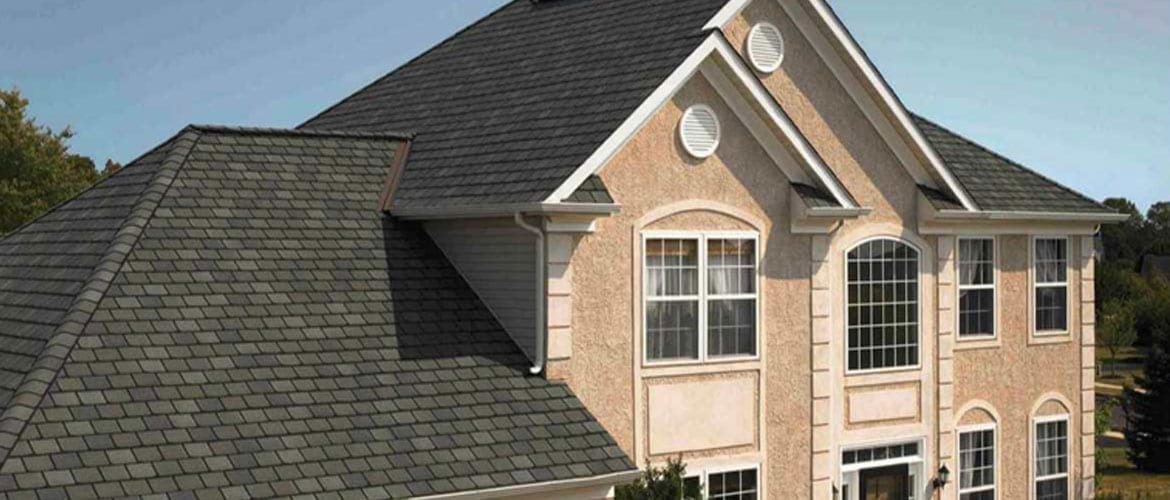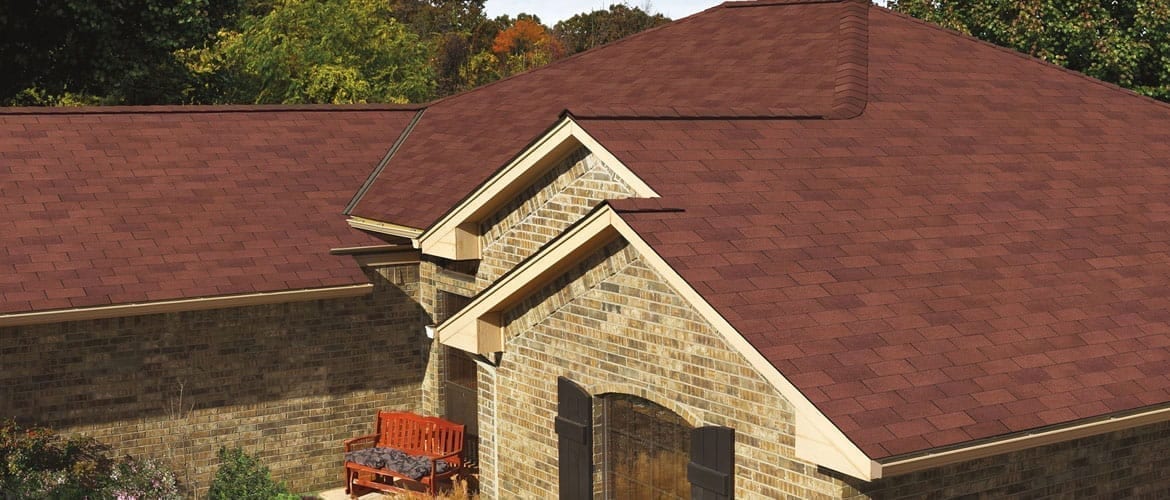This post is Part Four of the Roofing Glossary of Terms series, covering topics S-Z.
As a reminder, the Roofing Glossary of Terms is broken into four parts for two reasons:
- One: It’s a lot easier to skim reasonably shorter, linked posts on the web than it is to roll through a long, albeit thorough, compilation of words and definitions.
- Two: To add perspective we’ve included a What does this mean for the homeowner? tag for certain terms. That way Dallas and Fort Worth-area homeowners will not only know what flashing is but why it’s important to know.
Part One was for terms A-C.
Part Two was for terms D-H.
Part Three was for terms I-R.
S
Saturant: Asphalt used to impregnate an organic felt base material.
Saturated felt: An asphalt-impregnated felt used as an underlayment between the deck and the roofing material.
Self-sealing cement: A thermal-sealing tab cement built into the shingle to firmly cement the shingles together automatically after they have been applied properly and exposed to warm sun temperatures. In warm seasons, the seal will be complete in a matter of days. In colder seasons, sealing time depends on the temperature and amount of direct sunlight hitting the shingles. Hand sealing with cement should be done to ensure sealing in winter.
Self-sealing shingles: Shingles containing factory-applied strips or spots of self-sealing adhesive.
Self-sealing strip or spot: Factory-applied adhesive that bonds shingle courses together when exposed to the heat of the sun after application.
Selvage: That portion of roll roofing overlapped by the succeeding course to obtain double coverage.
Shading: Slight differences in shingle color that may occur as a result of normal manufacturing operations.
Sheathing: Exterior-grade boards used as a roof deck material.
Shed roof: A roof containing only one sloping plane. Has no hips, ridges, valleys or gables.Found mostly on sheds and small lean-to buildings.
Single coverage: Asphalt roofing that provides one layer of roofing material over the deck.
Slope: The degree of roof incline expressed as the ratio of the rise, in inches, to the run, in feet.
Smooth-surfaced roofing: Roll roofing that is covered with ground talc or mica instead of granules (coated).
Soffit: The finished underside of the eaves.
Soil stack: A vent pipe that penetrates the roof. What does this mean for the homeowner? Each home has a number of soil stacks. The flashing around these pipes can age and/or deteriorate over time, especially if the home endures a number of high wind, rain, or hail storms in the spring and fall and ice and snow “storms” in the winter. Winds, for example, can bend or tear shingles and flashing away from the decking, introducing areas where water can seep underneath or behind and introduce problems that will need to be repaired in time. Make sure the Dallas and Fort Worth roofing company or contractor you use inspects soil stacks for wear and tear the next time they inspect your roof following a significant storm.
Span: The horizontal distance from eaves to eaves.
Specialty eaves flashing membrane: A self-adhering, waterproofing shingle underlayment designed to protect against water infiltration due to ice dams or wind-driven rain. What does this mean for the homeowner? North Texas gets a lot of wind-driven rain, and ice dams do form in the winter, especially on shaded areas of the roof that does not get a lot of sun. If your roof has shaded spots where ice lingers, you may want to ask your roofing company or contractor in Dallas or Fort Worth to take a look and possibly install specialty eaves flashing. Flashing is a common roof repair.
Square: A unit of roof measure covering 100 square feet.
Square-tab shingles: Shingles on which tabs are all the same size and exposure.
Starter strip: Asphalt roofing applied at the eaves that provides protection by filling in the spaces under the cutouts and joints of the first course of shingles.
Steep-slope application (Mansard): Method of installing asphalt shingles on roof slopes greater than 21 inches per foot
Step flashing: Flashing application method used where a vertical surface meets a sloping roof plane.
Strip shingles: A single-layer shingle commonly known as a three-tab shingle because it has three tabs.
T
Tab: The exposed portion of strip shingles defined by cutouts.
Talc: Same as back surfacing.
Telegraphing: A shingle distortion that may arise when a new roof is applied over an uneven surface. What does this mean for the homeowner? This is an example of why it’s important to find a talented, professional roofing company or contractor in the Dallas and Fort Worth area to avoid shoddy installation and repair. Exceptional roofers will inspect a roof and know of any uneven surfaces before installation or repair.
Three-dimensional shingles: See laminated shingles.
Three-tab shingle: A single-layer shingle having three tabs.
Top lap: That portion of the roofing covered by the succeeding course after installation.
U
UL: Underwriters Laboratories, LLC.
UL label: Label displayed on packaging to indicate the listing for fire and/or wind resistance of asphalt roofing. What does this mean for the homeowner? A reputable roofing company or contractor in Dallas and Fort Worth will use materials with the UL label, and homeowners should make note of the listing for fire and wind resistance ratings for future reference.
Under-eave: Underside area of the overhang at the eave of the roof.
Underlayment: A layer of asphalt-saturated felt (sometimes referred to as tar paper) which is laid down on a bare deck before shingles are installed to provide additional protection for the deck.
V
Valley: The internal angle formed by the intersection of two sloping roof planes to provide water runoff. What does this mean for the homeowner? Valleys are visually interesting areas of roofs and architecture. When a roof is being replaced, valleys provide a homeowner — through a talented roofing company or contractor in Dallas and Fort Worth — to change the look of their roof and enhance the overall aesthetics of their home by creatively using shingles and other materials in and around valleys.
Vapor retarder: Any material used to prevent the passage of water vapor. Material which, when installed on the high-vapor-pressure (warm in winter) side of a material, retards the passage of moisture vapor to the lower-pressure (cold in winter) side. What does this mean for the homeowner? Your roofing company or contractor will check with local Dallas and Fort Worth-area building codes to determine on which side the vapor retarder should be placed.
Vent: Any outlet for air that protrudes through the roof deck, such as a pipe or stack. Any device installed on the roof, gable or soffit for the purpose of ventilating the underside of the roof deck. What does this mean for the homeowner? The more vents installed on a roof, gable, or soffit, the more opportunity there is for leaks to development following storms or from aging. Also, know that the more vents roofers must work around during installation or repair may drive up the overall cost of the project.
Ventilators: Devices that eject stale air and circulate fresh air (e.g. ridge, roof, gable, under-eave, foundation or rafter vents and vented soffit panels).
W
Woven valley: Method of valley construction in which shingles from both sides of the valley extend across the valley and are woven together by overlapping alternate courses as they are applied. The valley flashing is not exposed.





